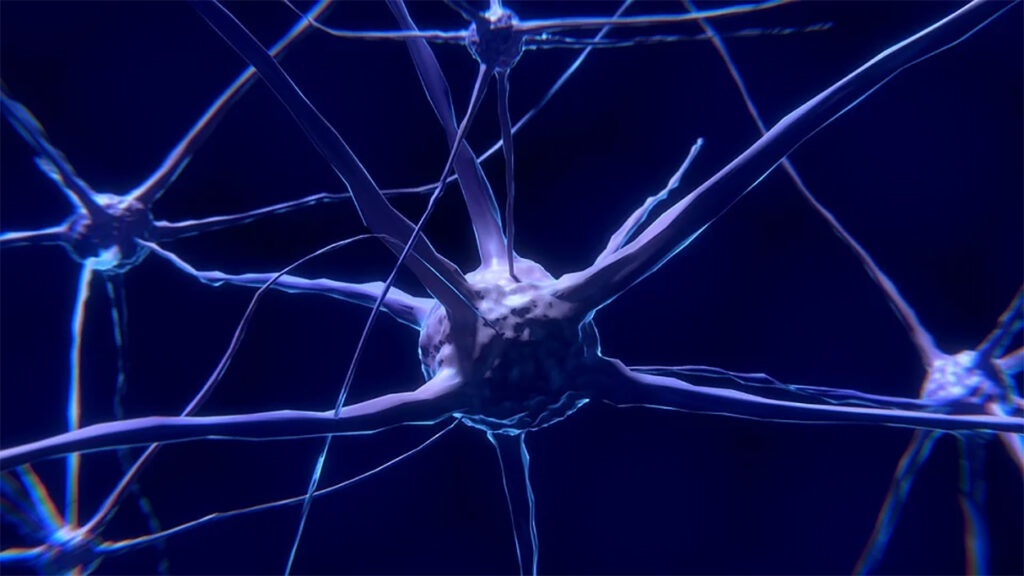Mimicking the Brain: New Device Simulates Synapses and Neurons
In the Korea Advanced Institute of Science and Technology (KAIST), researchers are hard at work on neuromorphic memory devices that emulate synapses and neurons in a cell. It might seem a little hard to follow, but what they’re doing is trying to emulate the human brain. The idea of mimicking the brain with semiconductor devices is still in the realm of science fiction, but people are inching closer to that goal.
It seems strange how the human brain still boggles the mind (pun intended) when it comes to overall computing power and cognitive function — far superior to any supercomputer today. However, when you consider how computers can make trillions of computations a second, it puts into perspective how much potential the brain has.
The point of neuromorphic computing
One of the primary goals of neuromorphic computing is to fully realize the potential of AI (artificial intelligence). To do this, researchers aim to mimic the mechanisms of synapses and neurons that make up our human brain. That said, there’s still so much about the brain we don’t understand, even if so much time and effort go into overall research and development. It’s ironic that the human brain is the primary focus of the human brain, and we’ve still yet to experience a breakthrough.
That being said, neuromorphic computing technology is finding ways to accomplish its goal with the help of research teams, such as those led by Keon Jae Lee from the Department of Materials Science and Engineering.
Straying past the standard model
Typically, the conventional approach to mimicking the human brain is through electrically connecting neural and synaptic devices. However, the research time was able to introduce neuron-synapse interactions in a single memory cell. By tackling it in this specific manner, the research team was able to emulate the more organic methods of the brain’s neural network. Whereas the conventional method worked similarly to commercial graphics cards, this new method tries to simulate how the brain tackles things. They were able to develop a neuromorphic device that mimicked the interactions of neurons and synapses.
What does it mean for the development of AI?
The interaction between neurons and synapses was always a crucial aspect of building true AI. However, researchers have always had a challenging time trying to emulate the human brain. It consists of 100 billion neurons and 100 trillion synapses — all somehow able to flexibly change depending on various external stimuli. While artificial intelligence has a broad scope affecting multiple industries, brain-inspired AI has always been the end goal. While such a thing might still be in the far future, the neuromorphic device is a significant step forward.
Hopefully, with this new development, researchers can break new ground in the development of proper AI, emulating the behavior of the human brain to the point where it’s possible to develop true intelligence. Until then, researchers will be hard at work to figure out the next big step. So long as there’s progress, the goal is still in sight.


